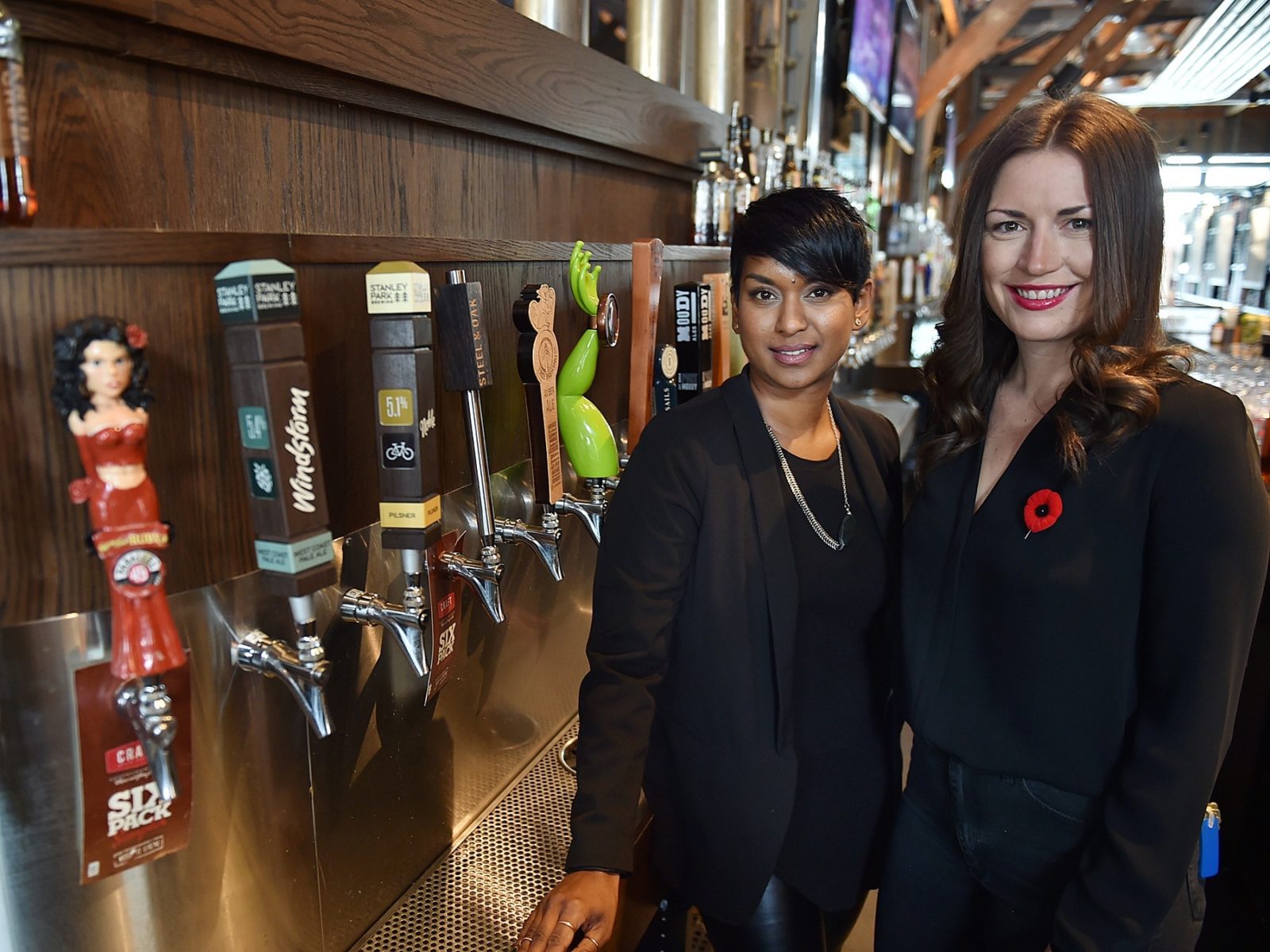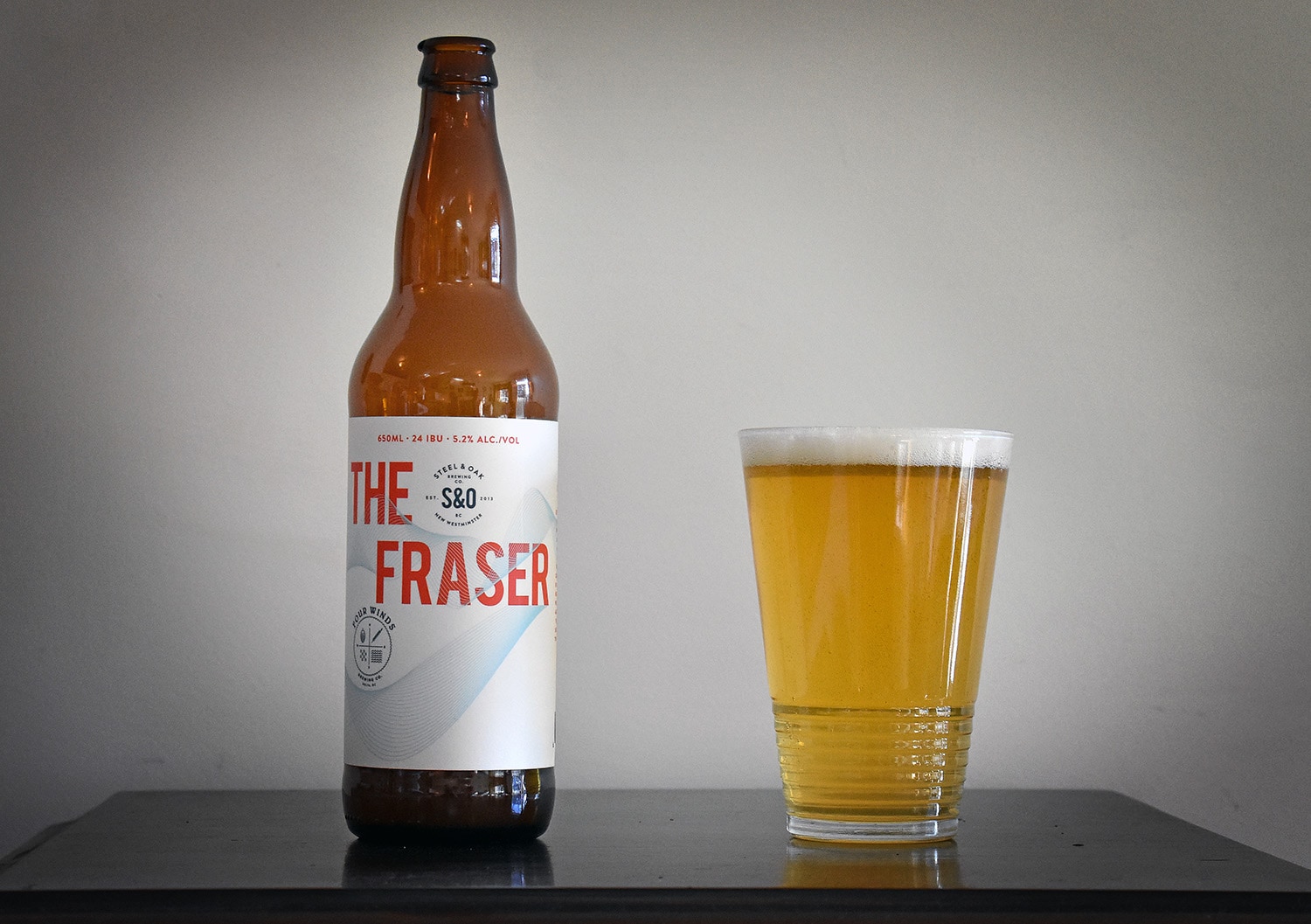
It’s fair to say we all take water for granted. Turn on the tap and there it is.
It’s only when restrictions kick in during extreme dry spells, or the city cuts your supply as it flushes the damn sewer without telling you (again) that you realize your dependence on the H2O.
Similarly, water is the most underappreciated of beer’s ingredients. Which is kind of crazy when it constitutes by far the greatest part of beer. We’re talking as much as 95 per cent, depending on how strong the beer is and how many pineapple and papaya chunks, cocktail umbrellas and crazy straws you throw in your glass to gussy up your Fruit Punch Bellini Milkshake IPA.
But meh, water is all the same, right? Neutral, flavourless?
Come on people, let’s not stereotype our liquids. This is the 21st century, after all.
Wherever water is sourced from – be it from an artesian well, a watershed-draining reservoir, or (bless Kokanee’s marketing team) the snow from the peaks of seven Western Canadian mountains – it contains a different amount of dissolved minerals in the form of ions.
Effectively, water has terroir, with the level of these minerals determining the water’s softness (low mineral content) or hardness (high mineral content).
In this way, water has played a significant role in the history of beer styles. Before the 20th century, brewers didn’t know how to manipulate their water and brewed with whatever they pulled from the well/river/lake/swamp. This led to the rise of region-specific styles, defined by the area’s water composition.
The dark beers of Dublin and Munich came about because of their water’s high amounts of bicarbonate, which increases alkalinity. When brewers in those cities realized that dark malts reduce alkalinity, stout and dunkel were born.
The world’s first golden beer was made possible by the soft water of Plzen, which helps give Czech pilsner its juicy quality and soft, rounded hop character.
Even the origins of the craft-conquering IPA lie in water composition. The first pale ales, created in Burton-upon-Trent in England’s Midlands in the late 18th century, owed their bold, crisp bitterness to the unusually high levels of calcium sulphate in the area’s water, which accentuated the hop profile.
Many brewers since have attempted to replicate classic styles by manipulating their brewing water to mimic the water at source; many today still “Burtonize” their water to boost their beer’s hop profile.
In B.C., we’re pretty damn lucky to have blissfully soft drinking water, with low mineral levels across most of the province. It makes things easy for brewers to build up the water profile they need for each style they make (or just brew as is).
“Because our water is so devoid of minerals, we have this wonderful opportunity – there’s nothing there, so we can decide how much to put in,” says Iain Hill, brewmaster at Vancouver’s Strange Fellows Brewing.
This is a subtle art form in itself that’s not to be underestimated.
“A lot of times the difference between a good beer and a great beer are those little details, that fine touch,” says Mike Kelly, brewmaster and co-owner of Backroads Brewing in Nelson. “When you’re starting with this soft water, the water treatment is in that fine-tuning realm.”
Water profile is most critical in determining the pH of the mash. Adding calcium, by means of calcium chloride and calcium sulphate, lowers the mash pH, with a target range for many styles around 5.2-5.3. This is where enzymes converting starches into yeast-feasts of fermentable sugars are at their most efficient.
Calcium also contributes to a beer’s stability and, as well as magnesium and zinc, is a vital nutrient for yeast during fermentation.
As for other additives, sodium and/or chloride can add body and mouthfeel; chloride has even been said to add a certain sweetness. Hill says he adds calcium carbonate to his stouts for a certain chalky profile. And don’t forget those sulphates that make the hops pop.
Even where the water is harder in B.C. – in Interior cities such as Quesnel, for example – mineral levels are manageable. Russ Ovans, owner of Barkerville Brewing in Quesnel, says the slightly alkaline local water “hits all the marks” for making good beer.
The biggest water concerns for most B.C. brewers are turbid supplies following heavy rain, and filtering out any additives to municipal water, such as chlorine, chloramine and fluoride.
That’s still a long way off from the expense incurred by breweries around the world where the water is unforgivably hard. Many have no option but to treat all their brewing water with reverse osmosis to deionize it. Slightly more pricey than turning on the tap.




